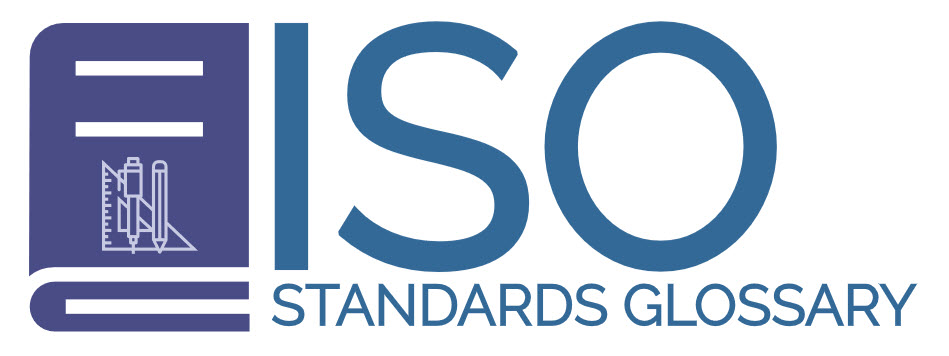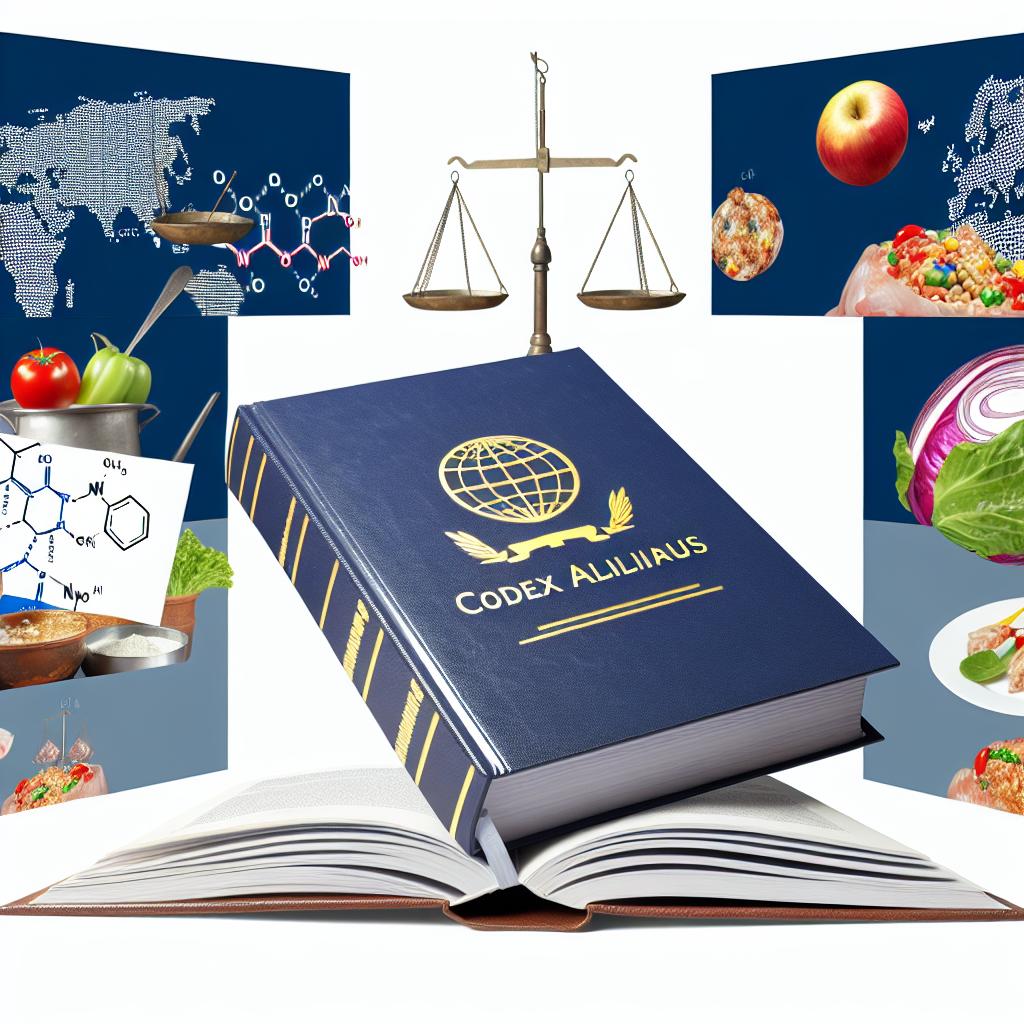The Codex Alimentarius: An Overview
The Codex Alimentarius has become a cornerstone in establishing food safety standards that affect consumers and producers around the globe. Initiated by the Food and Agriculture Organization (FAO) and the World Health Organization (WHO) in 1963, its objective is to develop harmonized international food standards, guidelines, and codes of practice aimed at protecting consumer health and facilitating fair trade practices.
Primary Objectives
The main objectives the Codex Alimentarius strives to achieve are the safeguarding of consumer health and the support of safe, equitable trading practices in the food industry. By offering recommendations based on scientific evidence, the Codex helps national governments create food regulations that minimize health risks to consumers. Additionally, it serves as a reference for resolving disputes concerning food safety and quality in international trade.
The Structure and Function of the Codex
Operating through an intergovernmental body known as the Codex Alimentarius Commission, the Codex Alimentarius includes 189 member countries and one member organization, the European Union. Each member delegates representatives, usually governmental officials or experts in food safety and trade, to partake in meetings where standards are crafted and reviewed.
Key Areas of Focus
The Codex Alimentarius addresses several critical aspects of food safety and quality:
Food Labeling: One of the fundamental areas, it focuses on ensuring food packaging information is both accurate and informative. This is crucial for consumer awareness regarding the ingredients, nutritional value, and origin of food products.
Food Hygiene: Another important focus, it involves setting stringent standards for the handling, preparation, and storage of food to minimize risks of contamination. This includes everything from farm-level measures to practices in industrial food production facilities and home kitchens.
Pesticide and Veterinary Drug Residues: The Codex closely monitors the allowable levels of pesticide and veterinary drug residues in food products. This monitoring is essential in delivering food that poses minimal health risk to consumers, as well as maintaining ecological balance.
Food Additives and Contaminants: Codex evaluations determine safety and acceptable usage levels for various food additives and contaminants. This ensures that any artificial or natural substances added to food do not compromise consumer health.
International Trade and the Codex
The standards set by the Codex Alimentarius play a pivotal role in international trade, particularly when resolving trade disputes. Within the framework of the World Trade Organization (WTO), Codex standards are a key component of the Agreement on the Application of Sanitary and Phytosanitary Measures (SPS Agreement). As such, they serve as a benchmark for countries when they design national food safety regulations that impact international trade.
The Impact on National Legislation
Many countries adopt Codex standards within their own regulatory frameworks. This alignment of local laws with international standards assists in reducing trade barriers and enhancing the safety of imported food products. This strategy ensures balanced consumer protection while promoting global trade.
Historical Context and Evolution
Inception and Need
The creation of the Codex Alimentarius can be traced back to the post-World War II era, a time when international trade was burgeoning but required more uniform regulations. The growing complexity of food production processes and the increasing volume of global trade highlighted the need for an international standard. The FAO and WHO took the initiative, conducting studies that led to the formal establishment of the Codex Alimentarius in 1963.
Adaptations Over Time
Since its inception, the Codex has demonstrated remarkable adaptability, continually updating its standards to address new challenges and scientific developments. This responsiveness includes considerations for emerging pathogens, technological advances in food production, and evolving consumer expectations. Regular revisions ensure that its guidelines remain relevant and effective in maintaining food safety.
Scientific Basis and Methodology
Central to the Codex’s robustness is its reliance on scientific principles. Each standard is developed through rigorous evaluations by experts in various fields such as microbiology, toxicology, nutrition, and economics. This multidisciplinary approach ensures comprehensive assessments of risk and provides a balanced view that weighs both consumer safety and industry feasibility.
Challenges and Criticisms
While the Codex Alimentarius is widely recognized and respected, it is not without criticism. Some argue that the process of reaching consensus can be time-consuming, potentially delaying the implementation of necessary updates. Additionally, differing priorities among member nations can sometimes compromise the speed at which resolutions are attained. Despite these challenges, the framework of the Codex continues to provide a crucial foundation for international food safety standards.
Future Directions
In light of evolving global challenges, the Codex Alimentarius is likely to continue expanding its purview. Increasing environmental concerns, climate change, and the globalization of the food supply chain present new issues that will require attention. By remaining adaptable and embracing innovations, the Codex aims to uphold its mission of ensuring that all food products are safe, accurately labeled, and fairly traded.
In conclusion, the Codex Alimentarius serves as an indispensable asset in the realm of global food safety. The principles and standards it sets forth not only protect consumer health but also foster an environment conducive to fair practices in international food trade. Through its rigorous scientific backing and commitment to harmonization, the Codex continually helps shape a world where food is safe and trade is equitable, benefiting consumers and producers alike.

